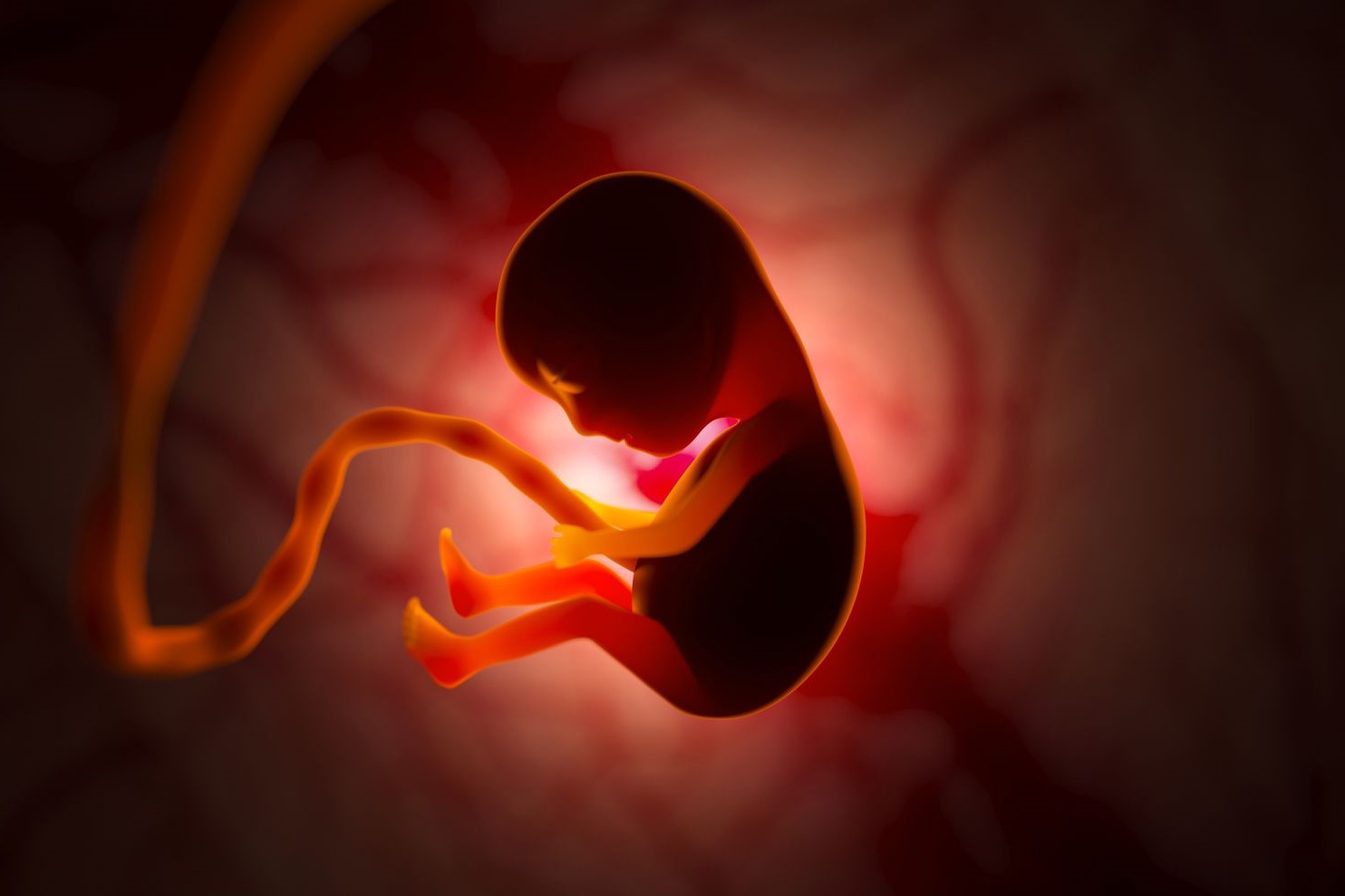
Toluene antenatal infection might sound like a mouthful, but understanding it is crucial for expecting parents. Toluene is a chemical found in many household products like paint thinners, adhesives, and nail polish. When pregnant women are exposed to high levels of toluene, it can lead to serious health issues for both the mother and the baby. Antenatal infection refers to infections that occur before birth, and when combined with toluene exposure, the risks can be significant. This blog post will dive into 20 essential facts about toluene antenatal infection, helping you understand its impact, symptoms, and preventive measures. Stay informed and protect your health and that of your unborn child.
Key Takeaways:
- Toluene, found in paint thinners and nail polish removers, can harm a developing baby during pregnancy, leading to developmental delays, low birth weight, and long-term health challenges.
- Pregnant women should avoid toluene exposure by using protective gear, ensuring good ventilation, and seeking regular prenatal check-ups to monitor the baby's development and catch any issues early.
What is Toluene?
Toluene is a clear, colorless liquid with a distinct smell. It's commonly found in paint thinners, nail polish removers, and adhesives. Understanding its effects, especially during pregnancy, is crucial.
- Toluene is a volatile organic compound (VOC) often used in industrial applications.
- It evaporates quickly, making it easy to inhale, which can be harmful.
- Exposure to high levels can affect the central nervous system, causing dizziness or headaches.
How Does Toluene Affect Pregnancy?
Pregnant women need to be cautious about toluene exposure. The chemical can cross the placenta, potentially harming the developing fetus.
- Toluene exposure during pregnancy can lead to developmental delays in the baby.
- It can cause low birth weight, which is linked to various health issues later in life.
- High levels of exposure might result in congenital disabilities, affecting the baby's organs and limbs.
Symptoms of Toluene Antenatal Infection
Recognizing the symptoms of toluene exposure can help in seeking timely medical intervention. Pregnant women should be aware of these signs.
- Symptoms include nausea, fatigue, and dizziness, which can be mistaken for typical pregnancy symptoms.
- Severe exposure might lead to more serious symptoms like confusion, memory loss, or even unconsciousness.
- Babies exposed to toluene in the womb may show signs of irritability and feeding difficulties after birth.
Preventing Toluene Exposure During Pregnancy
Taking steps to minimize exposure to toluene can protect both the mother and the developing baby. Simple precautions can make a big difference.
- Avoid using products containing toluene, such as certain paints and nail polish removers.
- Ensure good ventilation when using household products that might contain toluene.
- Wear protective gear like gloves and masks if handling toluene-containing products is unavoidable.
Long-term Effects on Children
Children exposed to toluene in the womb may face long-term health challenges. Understanding these effects can help in early intervention and support.
- Long-term effects can include learning disabilities and behavioral problems.
- Some children may experience difficulties with motor skills and coordination.
- There is a higher risk of attention deficit hyperactivity disorder (ADHD) in children exposed to toluene prenatally.
Medical Interventions and Support
Medical professionals can offer support and interventions for those exposed to toluene during pregnancy. Early detection and treatment are key.
- Regular prenatal check-ups can help monitor the baby's development and catch any issues early.
- Doctors might recommend additional ultrasounds or tests to assess the baby's health.
- Postnatal support, including physical and occupational therapy, can help children affected by toluene exposure.
Research and Studies on Toluene Exposure
Ongoing research helps us understand the full impact of toluene exposure during pregnancy. Staying informed can guide better health practices.
- Studies have shown a clear link between high toluene exposure and adverse pregnancy outcomes.
- Research continues to explore the mechanisms by which toluene affects fetal development, aiming to find ways to mitigate these effects.
Final Thoughts on Toluene Antenatal Infection
Toluene exposure during pregnancy can lead to serious health issues for both mother and baby. It’s crucial to understand the risks and take preventive measures. Avoiding environments with high levels of toluene, such as certain workplaces or areas with heavy traffic, can significantly reduce exposure. If you suspect exposure, consult a healthcare provider immediately. They can offer guidance and support to minimize potential harm. Staying informed and proactive is key to ensuring a healthy pregnancy. Remember, the well-being of both mother and child is paramount. Taking steps to avoid harmful substances like toluene can make a big difference. Always prioritize safety and seek professional advice when needed. By being aware and cautious, you can help protect yourself and your baby from the dangers of toluene antenatal infection.
Frequently Asked Questions
Was this page helpful?
Our commitment to delivering trustworthy and engaging content is at the heart of what we do. Each fact on our site is contributed by real users like you, bringing a wealth of diverse insights and information. To ensure the highest standards of accuracy and reliability, our dedicated editors meticulously review each submission. This process guarantees that the facts we share are not only fascinating but also credible. Trust in our commitment to quality and authenticity as you explore and learn with us.
